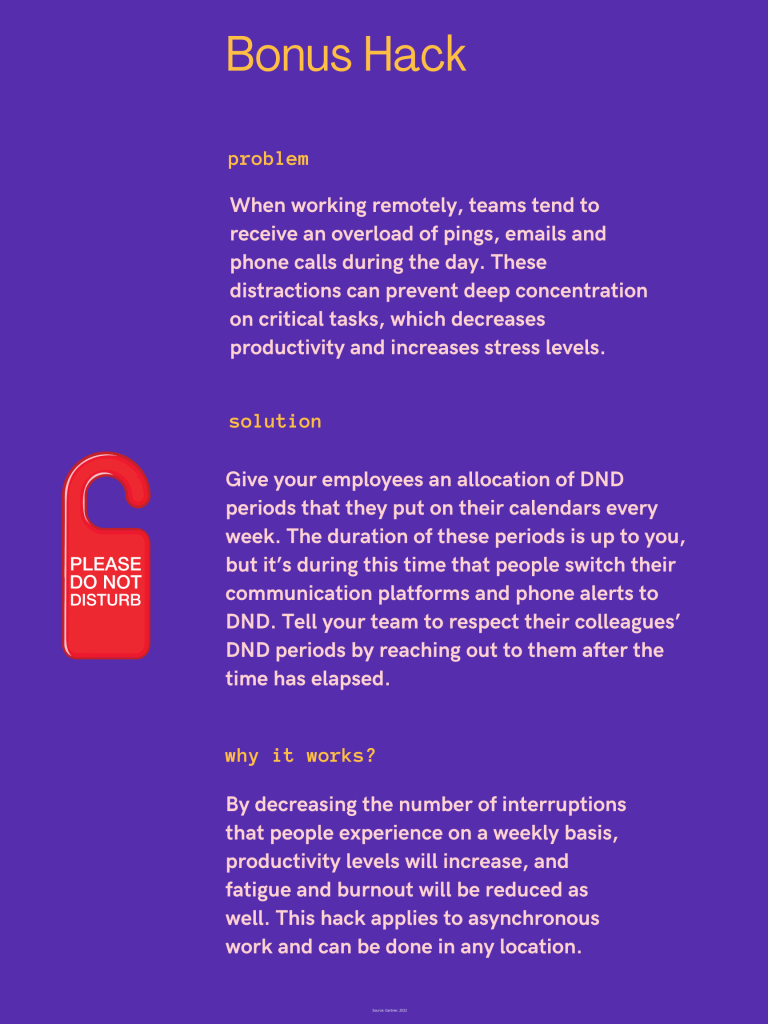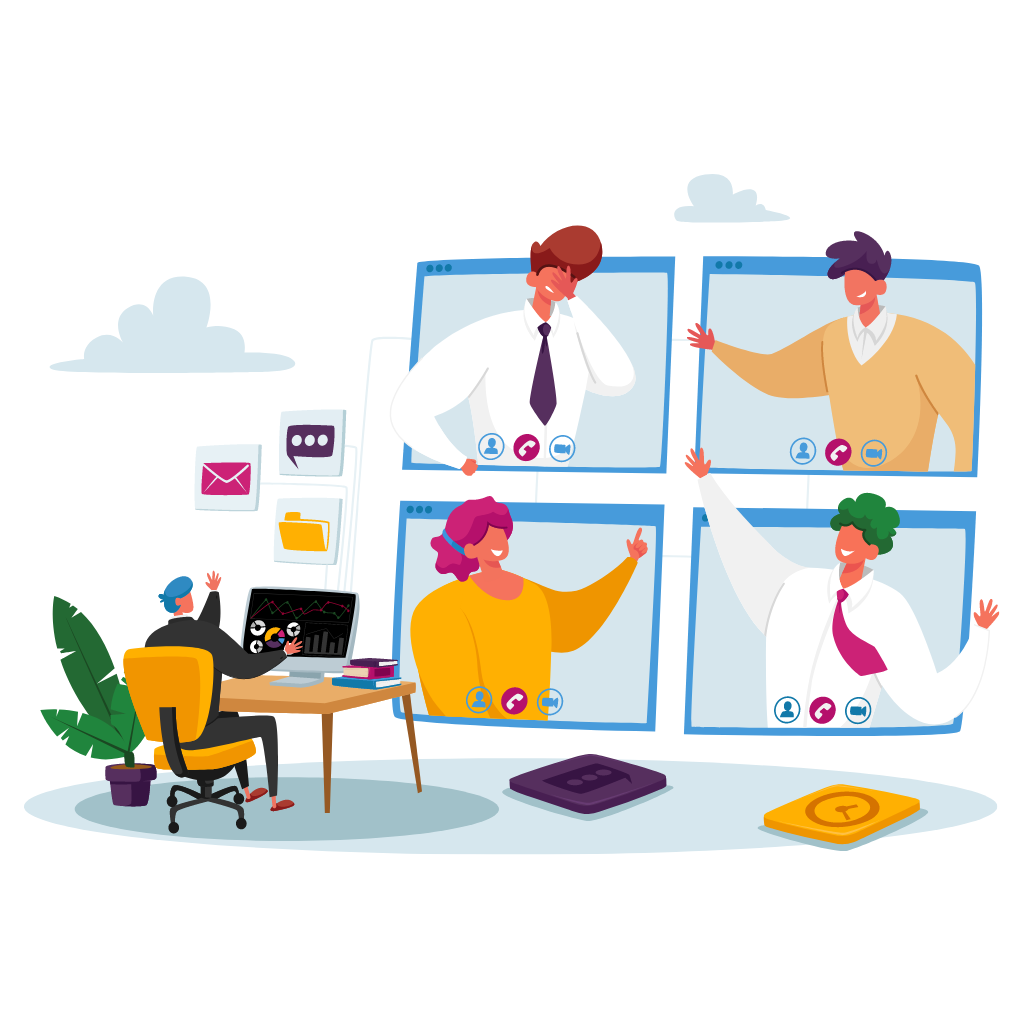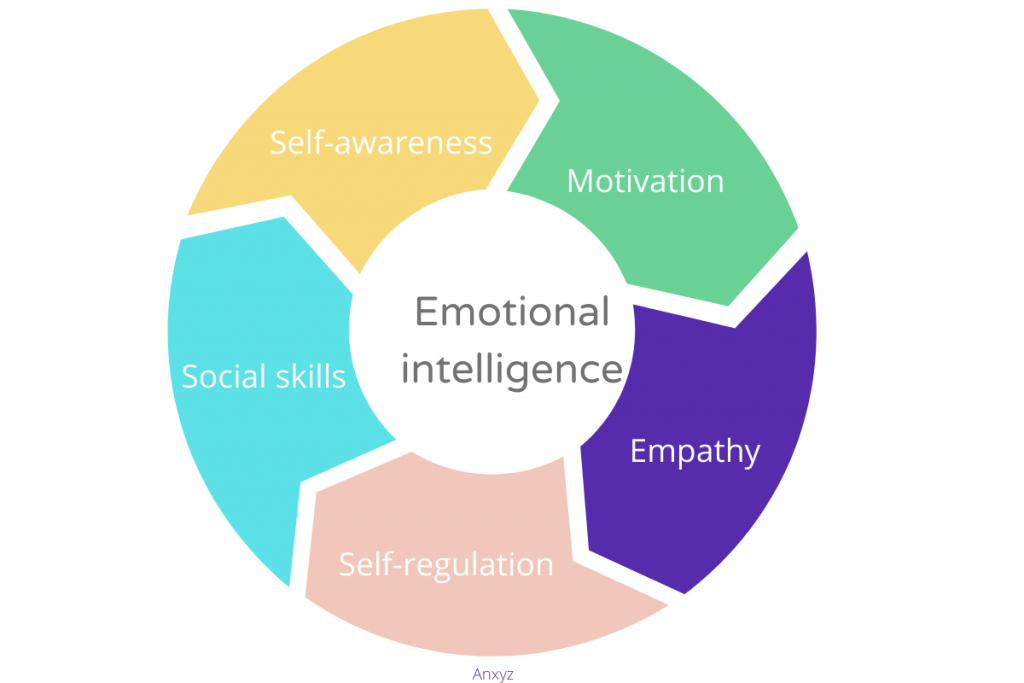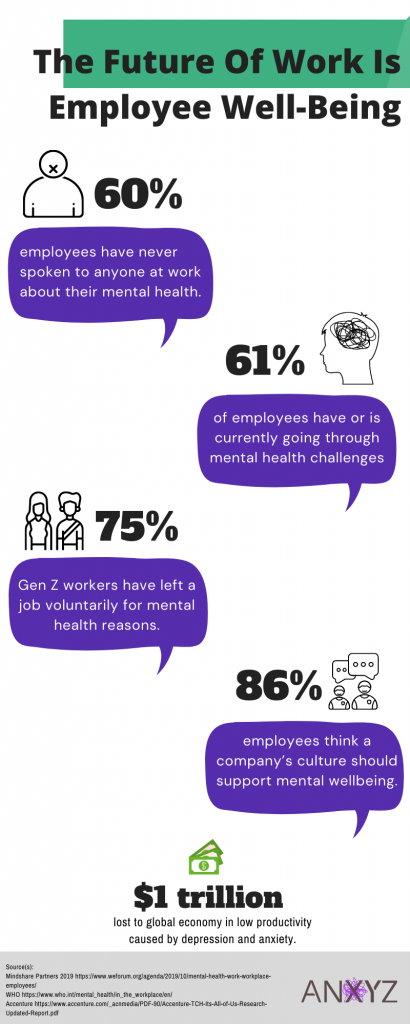


The future of work isn’t coming; it’s already here. For leaders, managers and HR professionals that’s a clear sign to be proactive and prepare for the changing needs of the workplace.
According to research by LinkedIn Learning, 64 percent of learning and development professionals say that re-skilling their current workforce to fill skills shortage has become a priority in the post-COVID-19 world.
Let’s look at how you can help your employees adapt and evolve to meet the needs of the future of work.
What happens in the first year of hiring a new employee will define the relationship between yourself and your employee. Will they learn to rely on their abilities or will they fall into a habit of dependence?
It can be a careful balancing act between letting your employees know that you’re there for them and falling into the trap of hand-holding them through every problem.
Charity Katz, a leader in training and people relations, had her revelation about self-reliance early on in her career. She was just starting out as a training manager but had come across a problem where she felt out of her depth and automatically ran to her boss with the issue.
Her boss’s response, “Did you Google it?” made her realise that she needed to help him help her. She needed to do her own research and come prepared. Katz later shared that lesson with her own employees.
“Yes, I want them to come to me. Yes I want them to feel I have an open door and that I am here to support them. I do not, however, want them to bring their garbage, drop it on my desk, and expect me to clean it up and take it out.”
Charity Katz
Working in a remote-only or hybrid environment can put employees’ self-reliance to the test, so now is the perfect time to figure out what you can do to boost their confidence and encourage autonomy. Try these tips:
Get the wheels turning inside the minds of your employees by asking questions:
Once your employees become used to these discussions, they will come to you having done the research and maybe they’ll even solve the problem on their own.
When employees know that you trust them and their abilities, they will grow in confidence and performance. You can build trust with your employees by:

If your company has information silos, your employees probably have to go through several gatekeepers to get the information they are looking for or seek out their managers to get answers to their questions. We recommend creating a shared knowledge platform to help employees find information and answers easily. This will lessen the tendency to interrupt co-workers and managers for answers and promote self-reliance.
Technology is always changing, upgrading and evolving, and most businesses have at least one foot in the digital space. To keep up with both the competition and your market’s needs, your employees need to be in the know and be appropriately skilled.
In late 2021, Salesforce surveyed people’s attitudes and thoughts across 19 nations on their readiness to acquire the digital skills needed to close the skills gap and succeed in the workplace. The global index score for digital readiness (the average) is 33 out of 100. Research by McKinsey reinforces this, predicting that by 2030, up to 30 to 40 percent of all workers in developed countries may need to move into new occupations or at least upgrade their skill sets significantly.
Creating a digitally savvy workforce doesn’t have to mean hiring from outside your organisation. Training your staff internally saves time introducing new employees to the goals and values of your company, and is a better use of your budget.
It can be a bit confusing with everyone moving around and acquiring new skills in a company. Creating an employee-skill database can be a good resource to help you organise your up-skilled workforce. In one case, a financial-services firm created a database of their employees and their skills by combining their internal and LinkedIn data. They then asked the employees to look over the information to correct it if needed. Having this type of database can be valuable when matching employees with the digital goals of your organisation.
Recruiting people with high IQ can be done simply by looking at resumes or a technical skills assessment but it can be hard to read if someone is emotionally intelligent. The good news is that there are ways to improve emotional intelligence (otherwise known as emotional quotient or EQ) for existing and new employees.
EQ involves all the skills that help us interact and communicate successfully with each other. Skills like empathy, listening and self-awareness allow us to build relationships, manage conflicts and improve decision-making. EQ ensures we are not swayed by emotions that have little to do with what we are currently doing.
“People are driving and it’s frustrating, they get to work and the emotions they feel in their car influences what they do in their offices. Or they invest money based on emotions that stem from things unrelated to their investments. But our investigation reveals that if they have emotional intelligence, they are protected from these biases.”
Stéphane Côté, a professor at the University of Toronto’s Rotman School of Management
Not only does high EQ have a protective effect on behaviour but research also suggests that people with high EQ are more innovative and have higher job satisfaction.
Leading by example is an important part of improving emotional intelligence (EQ) in the workplace. Daniel Goleman, an American psychologist, highlighted five key elements of EQ that, when managed, can help leaders recognise their emotional state and that of others.

Creating a culture of high EQ in the workplace can be difficult but it will have long-term benefits for each employee and your organisation as a whole. For example, Four Seasons hotel trains their staff with feedback tools, mindfulness exercises, coaching, and leadership development, with the aim of increasing self-awareness and empathy. Here are three simple tips to get started.
New work arrangements continue to force everyone to adapt to remote and hybrid working. Organisations around the world are dealing with an increased level of distance between employees, employers and customers.
At a time when social interaction continues to be dominated by Zoom meetings and Teams calls, mentoring is a good way to keep people feeling connected and supported. You can explore a few different ways to do this:
You can introduce a buddy program where a new hire is paired with a seasoned employee to informally share knowledge and build a connection with the organisation. For example, New Zealand startup Auror has created an Auror Ally program that mentors new hires in the values and culture of their workplace. Through workshops, they upskilled every member of their team so each person could play a role in promoting the culture Auror was aiming for.
Working remotely and the hybrid workforce is here to stay, so recognising the benefits and the costs of flexible office is commonsense.
Employees expect organisations to offer options for flexibility. Both old and new employees are asking questions about what they want from employers and many are no longer ready to settle for less.
A recent Gartner poll showed that 48% of employees will likely work remotely at least part of the time after COVID-19 versus 30% before the pandemic.
Betsy Sutter, Chief People Officer of VMware says in People Matters that their workforce only comes into the office if they want to. Her company plans to rely on building a culture that can hold everyone together despite the separation.
“We need to continue establishing a strong culture that is inclusive of all communities to drive collaboration and innovation and foster a sense of belonging.”
Create guidelines for flexible work that will support your employees. Gartner recommends collecting data on your employees’ wellbeing, experience with technology and what hybrid work arrangements suit them. When you listen to what the needs and wants of your employees are and use that information to help your distributed workforce, you can use the flexibility to their advantage and help them stay engaged and productive.
Employee well-being directly impacts the business. In the future of work, HR leaders are focused on building a culture that promotes a holistic approach to wellbeing that includes both physical and mental health. Here are the trends you need to know in 2022.

